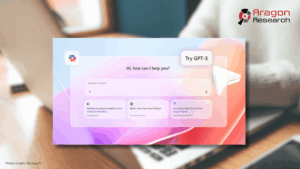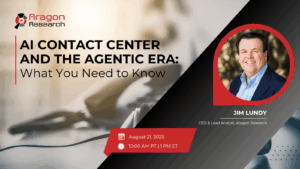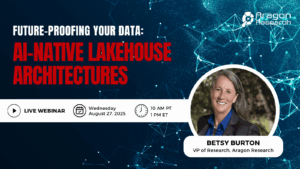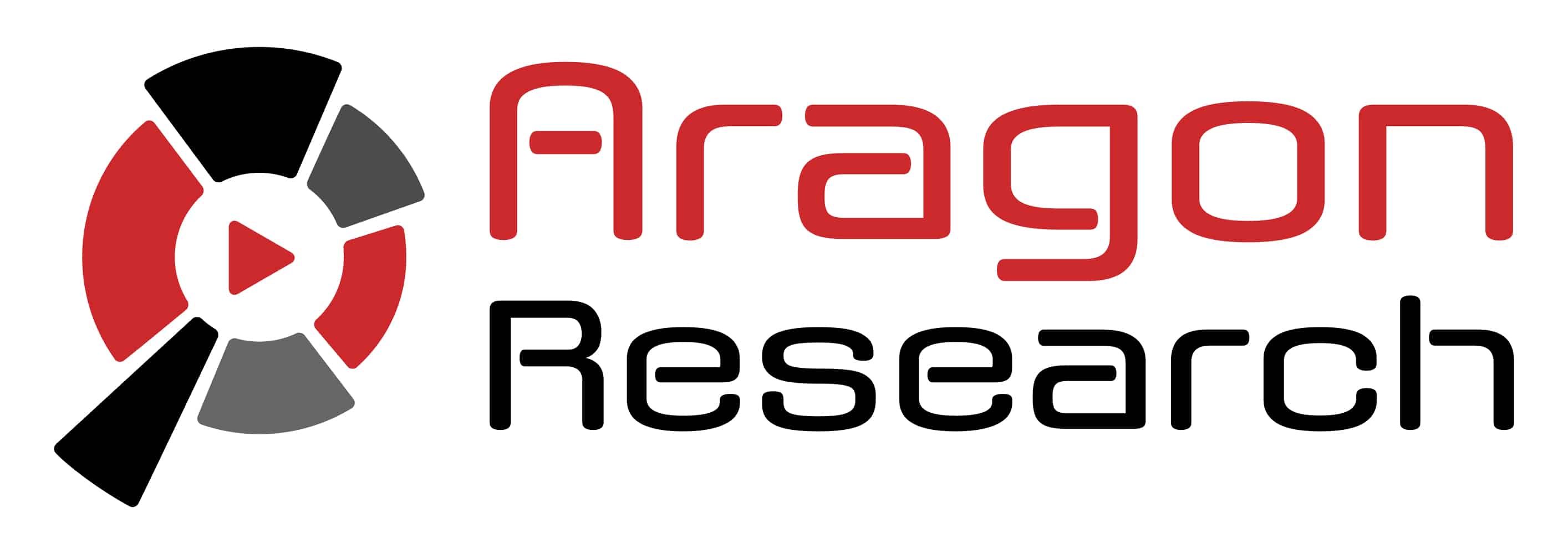Microsoft Fires the Starting Gun: GPT-5 Arrives in Copilot on Day One

Microsoft Fires the Starting Gun: GPT-5 Arrives in Copilot on Day One
The pace of innovation in artificial intelligence is relentless, but the speed at which that innovation reaches the enterprise is the true measure of its impact. In a stunning display of strategic alignment, Microsoft has announced the immediate availability of OpenAI’s brand-new GPT-5 model within its Microsoft 365 Copilot and Copilot Studio products. This move, coming on the very day of GPT-5’s general release, dramatically shortens the adoption cycle and sets a new standard for enterprise AI.
This blog analyzes Microsoft’s rapid integration of GPT-5 and what it means for the competitive landscape.
Why Did Microsoft Announce This Now?
Microsoft’s announcement is a powerful demonstration of its deep partnership with OpenAI. Instead of waiting weeks or months, licensed Microsoft 365 Copilot customers gain access to GPT-5 today. The core of this new integration is what Microsoft calls a “real-time router.” This intelligent layer automatically analyzes a user’s prompt and selects the optimal model for the task.
For simple requests, Copilot will use a faster, high-throughput model to deliver quick answers. For more complex, open-ended questions that require advanced reasoning, it will automatically route the query to the more powerful GPT-5 model. This “two-brain approach” allows Copilot to balance speed with depth. The new model is also available today in Copilot Studio, empowering developers to build more sophisticated custom agents for their business processes.
Analysis: The Router is the Real Enterprise Story
While the headline is about GPT-5, the most significant part of this announcement for the enterprise is the introduction of the “real-time router.” The future of enterprise AI is not about using a single, monolithic model for every task. It is about intelligently orchestrating a portfolio of models to optimize for cost, speed, and accuracy. By productizing this routing capability directly within Copilot, Microsoft is delivering a sophisticated and cost-effective AI architecture that mirrors how human teams solve problems. This is a critical piece of the puzzle for delivering performant AI at scale.
This day-one integration is the ultimate dividend from Microsoft’s multi-billion dollar investment in OpenAI. It creates a significant competitive moat. While other vendors and enterprises are just beginning to access the GPT-5 API and plan their integrations, Microsoft has already woven it into the fabric of its enterprise ecosystem. This gives organizations already invested in Microsoft 365 a compelling, out-of-the-box experience that competitors will struggle to match. By embedding the latest AI advancements within a secure, compliant, and privacy-focused platform, Microsoft is reinforcing the message that Copilot is not just an AI feature; it is an enterprise-grade system.
Bottom Line
Microsoft’s immediate integration of GPT-5 into the Copilot ecosystem is a strategic masterstroke. It leverages its unique partnership with OpenAI to deliver cutting-edge innovation to enterprise customers at unprecedented speed. The real story is the sophistication of the implementation—the “real-time router” demonstrates a mature approach to deploying AI that prioritizes using the right tool for the right job.
This move solidifies Microsoft’s leadership position by showing that the race for enterprise AI will be won not just by having powerful models, but by integrating them seamlessly, securely, and intelligently into the platforms where work gets done.
UPCOMING WEBINAR

AI Contact Center and the Agentic Era: What You Need to Know
The age of AI is no longer a future concept; we have officially entered the Agentic Era, where intelligent agents are becoming core members of your contact center team. This fundamental shift introduces a powerful new dynamic, with digital and human agents working side-by-side to redefine customer engagement and operational efficiency. In our webinar, Aragon Lead Analyst Jim Lundy will help you understand exactly what you need to know about this transformative period. We will equip you with the actionable insights and strategies you need to prepare your enterprise for this evolution.
Key Trends being covered:
• The current state of Contact Center – and how AI is shaping it
• The Agentic Agent Era and how Contact Centers will leverage it
• Best Practices for gaining a competitive advantage
Register today to ensure your organization is ready to lead the charge in this new era of intelligent customer service.

Future-Proofing Your Data: AI-Native Lakehouse Architectures
As data environments evolve, so too must their underlying architectures. This session investigates how AI-native lakehouse architectures are key to future-proofing your data. We’ll cover why embedding AI capabilities at an architectural level is becoming important for scalable analytics and timely insights, providing a framework for designing a lakehouse that is not just compatible with AI, but inherently designed for it.
- What defines an “AI-native” lakehouse architecture?
- What are the key architectural components of a truly AI-native lakehouse?
- How do AI-native lakehouse architectures contribute to long-term data governance, scalability, and adaptability?

Have a Comment on this?